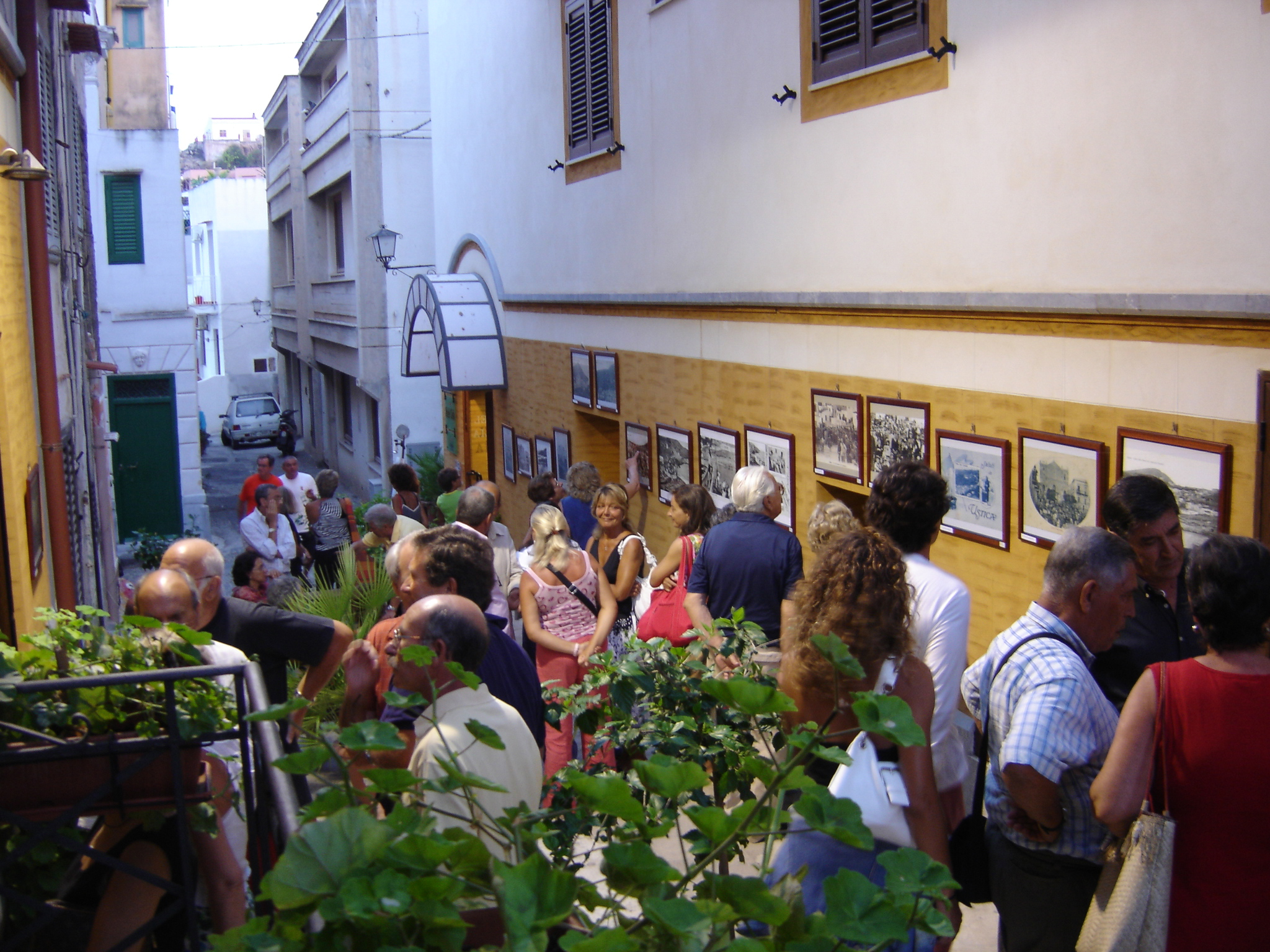Un museo di vulcanologia a cielo aperto
Un museo di vulcanologia a cielo aperto: così è stata definita Ustica da alcuni vulcanologi che la frequentano assiduamente e che hanno dedicato all’isola anni di ricerche e pubblicazioni. Infatti Ustica, piccola parte emergente di un vasto apparato vulcanico che non manifesta più attività da oltre 100.000 anni, esibisce in appena 8,6 km2 di superficie,(il circuito dell’isola è di circa 12 km) una grande varietà di strutture e di rocce vulcaniche accessibili a ricercatori e studenti con facilità e in totale Sicurezza.
Nell’isola ci sono relitti di crateri a suo tempo caratterizzati da vari tipi di attività: effusiva, stromboliana,esplosiva; ci sono dicchi e parti di condotti vulcanici messi a giorno da crolli; pillow lavas (lave a cuscino) tipiche dell’attività subacquea; colate basaltiche; tunnel di lava; considerevoli depositi di ceneri, di lapilli e di tufi; bombe vulcaniche; cavità e bocche che testimoniano la presenza di un reticolato di cunicoli attraverso cui,un tempo, effluivano abbondanti gas e vapori. Insomma, un campionario vulcanologico da manuale, concentrato in un’isola che, dal punto di vista genetico, rappresenta una singolarità fra i vulcani emersi del Mar Tirreno. (FFM)
Estratto da Franco Foresta Martin, Origine ed evoluzione di un’isola vulcanica, Catalogo della mostra sulla storia naturale di Ustica Ustica prima dell’Uomo, Centro Studi e Documentazione Isola di Ustica, 2014
(GE_001)
An open-air museum of volcanoloy
An Opencast Museum of Volcanology: this is the way Ustica has been defined by some volcanologists who attend diligently to the island and who have dedicated to it years of research and publications. As a matter of fact Ustica is the small emerging part of a vast submarine volcanic apparatus that hasn’t being experiencing its activity for more than 100,000 years. In just 8.6 km2 (the circuit of the island is about 12 km long) the island shows a wide variety of both structures and volcanic rocks, easilyand safely accessible to researchers and students.
On the island there are relics of craters once characterized by different types of activities: effusive, Strombolian, explosive. Besides there are parts of dykes and volcanic conduits -now exposed after their collapses-, pillow lavas -typical of submarine volcanic activity-, basaltic lava flows, lava channels, considerable deposits of ash, lapilli and tuffs, volcanic bombs and also cavities and vents that testify the presence of a network of tunnels through which long ago abundant gases and vapors emerged.
In short, a live manual of volcanology, concentrated on an island which, from the genetic point of view , represents a singularity emerged among the volcanoes in the Tyrrhenian Sea. (FFM)
Excerpt from the book: Franco Foresta Martin, Origin and evolution of a volcanic island, Catalogue of the exhibition on the natural history of Ustica, Ustica before mankind, Centro Studi e Documentazione Isola di Ustica, 2014.
(GE_001)




